32 of the most common illness in cats
There is nothing worse than when your cat gets sick. It can be good to familiarize yourself with the most common illnesses in cats
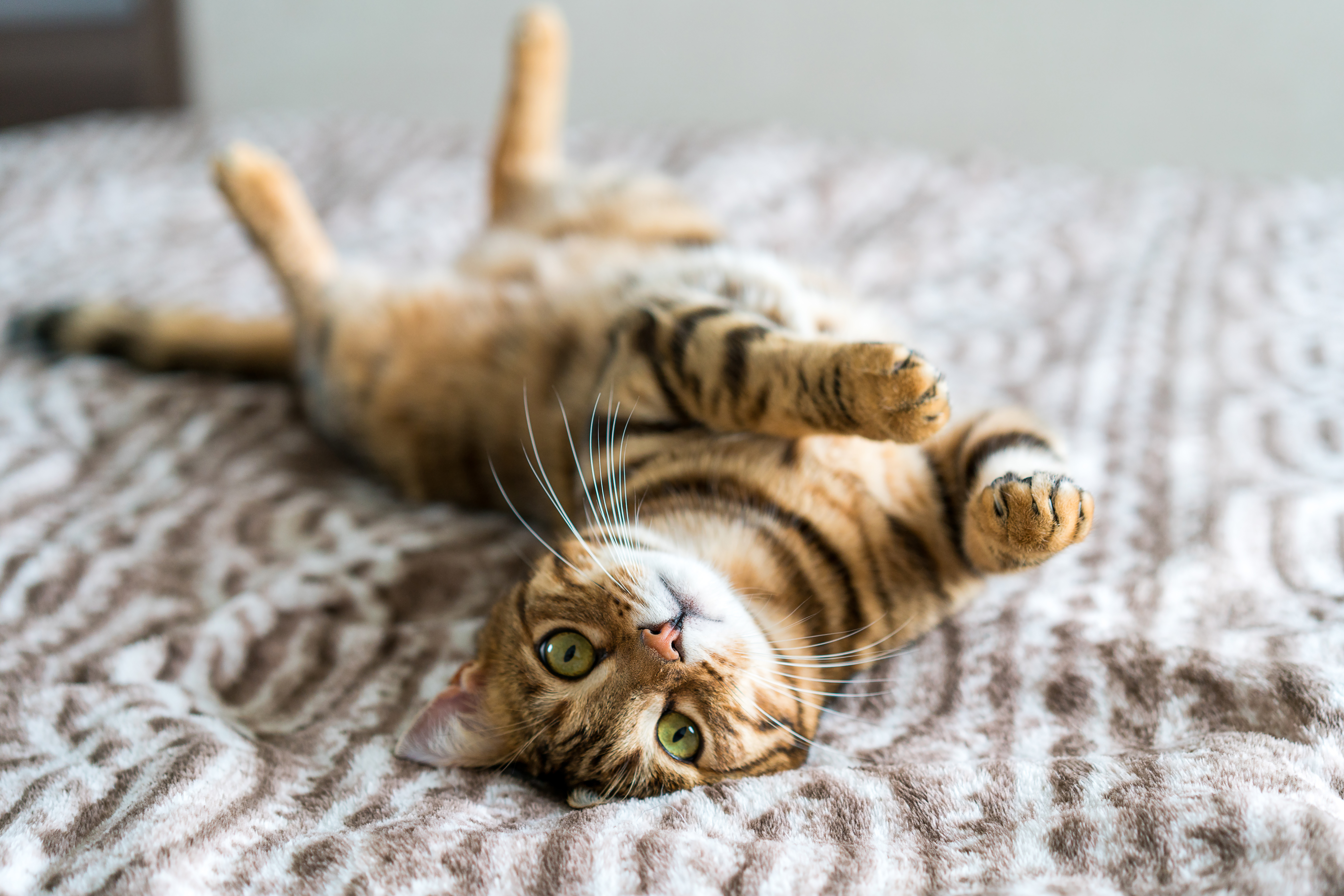
Nobody wants their kitty to be sick but brushing up on 32 common cat illnesses can make you feel more prepared. Things like ear infections, fleas, or UTIs are not on the list of things that pet parents look forward to. Nevertheless, it’s our job as pet parents to take care of our furry friends when they are sick.
It is also worth considering taking out some of the best pet insurance you can. This will help offset the costs of vaccines, antibiotics, or any other treatments your feline may need on their road to feeling better.
32 of the most common illness in cats
1. Fleas

One of the most common issues pet parents run into is fleas. These pesky little bugs can make your cat uncomfortable and itchy. The best plan of attack is to choose one of the best flea treatments for cats or to invest in one of the best flea collars for cats.
2. Worms

Worms are another common parasite that pet parents run into. Symptoms might include things like diarrhea and vomiting. If you're wondering how to treat a kitten with worms, you'll want to make an appointment with your vet and they will help you every step of the way.
3. Diabetes

Diabetes relates to the blood sugar levels in the body, generally, the levels are too high. Diabetes in cats is relatively common and can usually be managed with things like diet, exercise, or insulin.
Signs your cat is diabetic include things like weight loss, vomiting, or poor coat condition. If you suspect any of these are going on with your feline, it's best to see a vet right away.
4. Cancer

Cats, just like people can get various types of cancer. Some of the most common symptoms to look out for are lumps, abnormal discharge, or skin infections that do not go away. According to the American Society for Prevention of Cruelty to Animals, some of the most common types of cancer include lymphoma and squamous cell carcinoma.
Get the best advice, tips and top tech for your beloved Pets
5. Ringworm

Not an actual worm, but a fungus that can cause patchy circles of hair loss in your cat. This fungal infection can affect the fur, skin, and nails of your cat and can easily spread to other animals or even people in the home.
6. Kidney disease
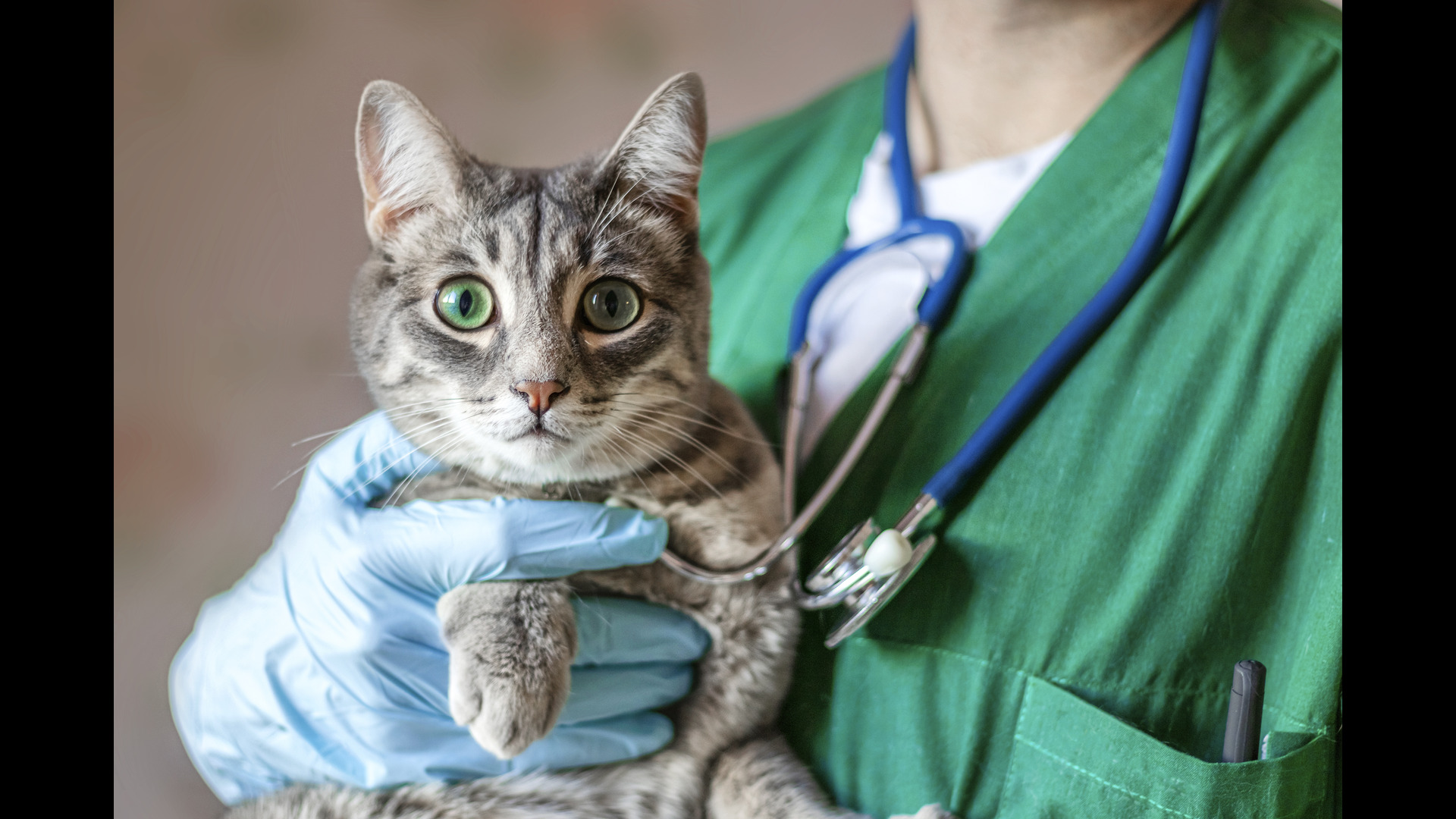
Kittens can sometimes be born with kidney disease. In other cases, it can develop later in life. Some signs of kidney disease could be frequent urination, a dry coat, bloody or cloudy-looking urine.
7. Rabies

Rabies can be contracted through the saliva of an infected animal. According to the VCA Animal Hospital, some signs that you may see from a cat that has been infected are that they may seem intensely agitated or aggressive, muscle spasms, and excessive drooling. It is a wise choice to keep your feline current with their cat and kitten vaccinations and also their rabies shots.
8. Heartworm

Cats contract heartworm larvae through a mosquito bite. Heartworm can be potentially fatal. The larvae can develop into foot-long worms that can live inside the heart, lungs and other blood vessels around the body. As the American Heartworm Society has described it can cause heart failure.
9. High-rise syndrome

High-rise Syndrome refers to the injuries that cats sustain from falling out of high-level windows, balconies, or other high levels. While not technically an illness, this syndrome is so common that vets have coined a name for it.
10. Upper respiratory infection
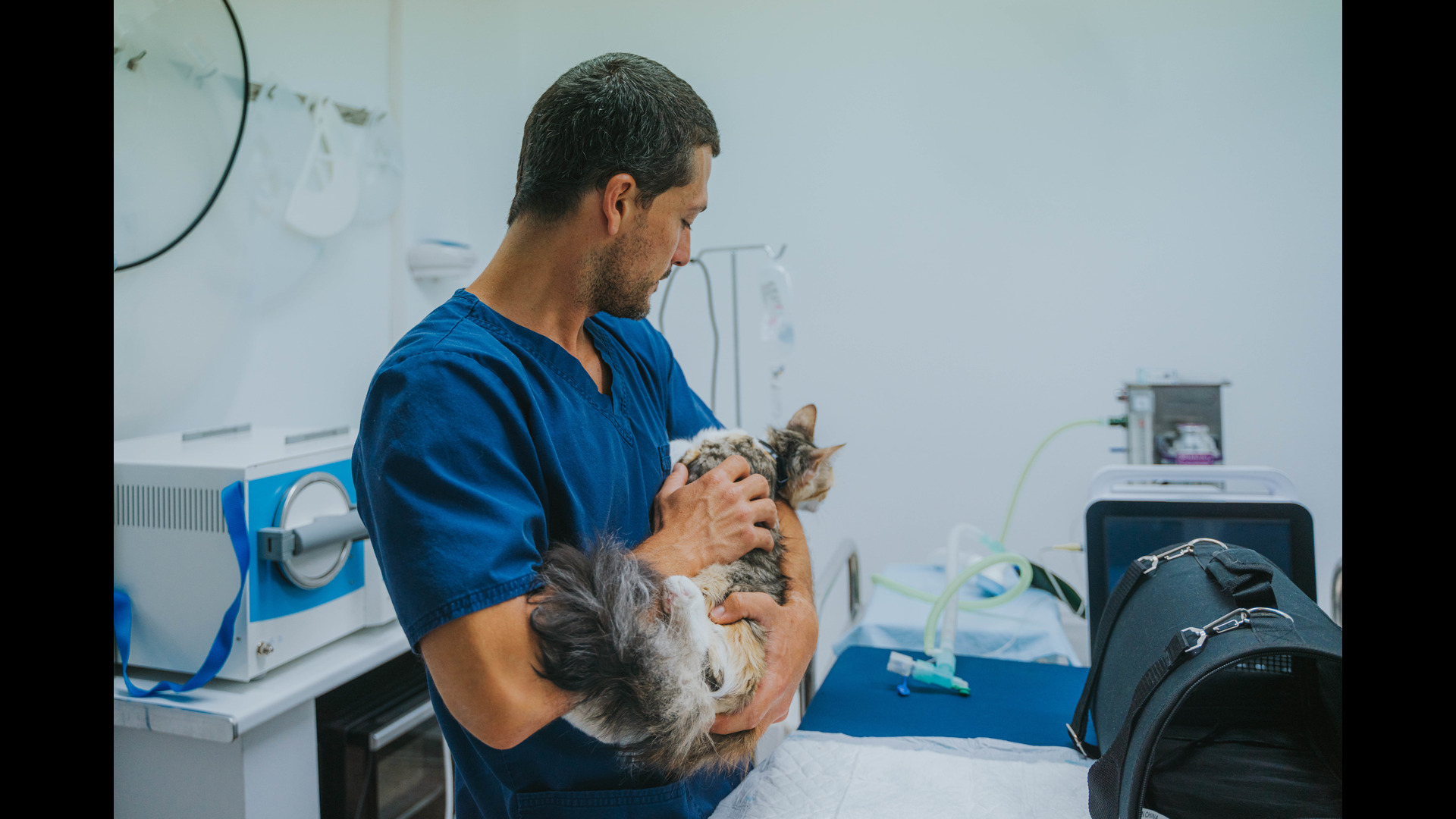
Another common illness in cats are upper respiratory infections. This is caused by bacteria or viruses in the nose, sinuses, mouth or throat. Some signs of an infection could be cough, sneezing, discharge from the eyes or congestion.
11. Feline leukemia virus
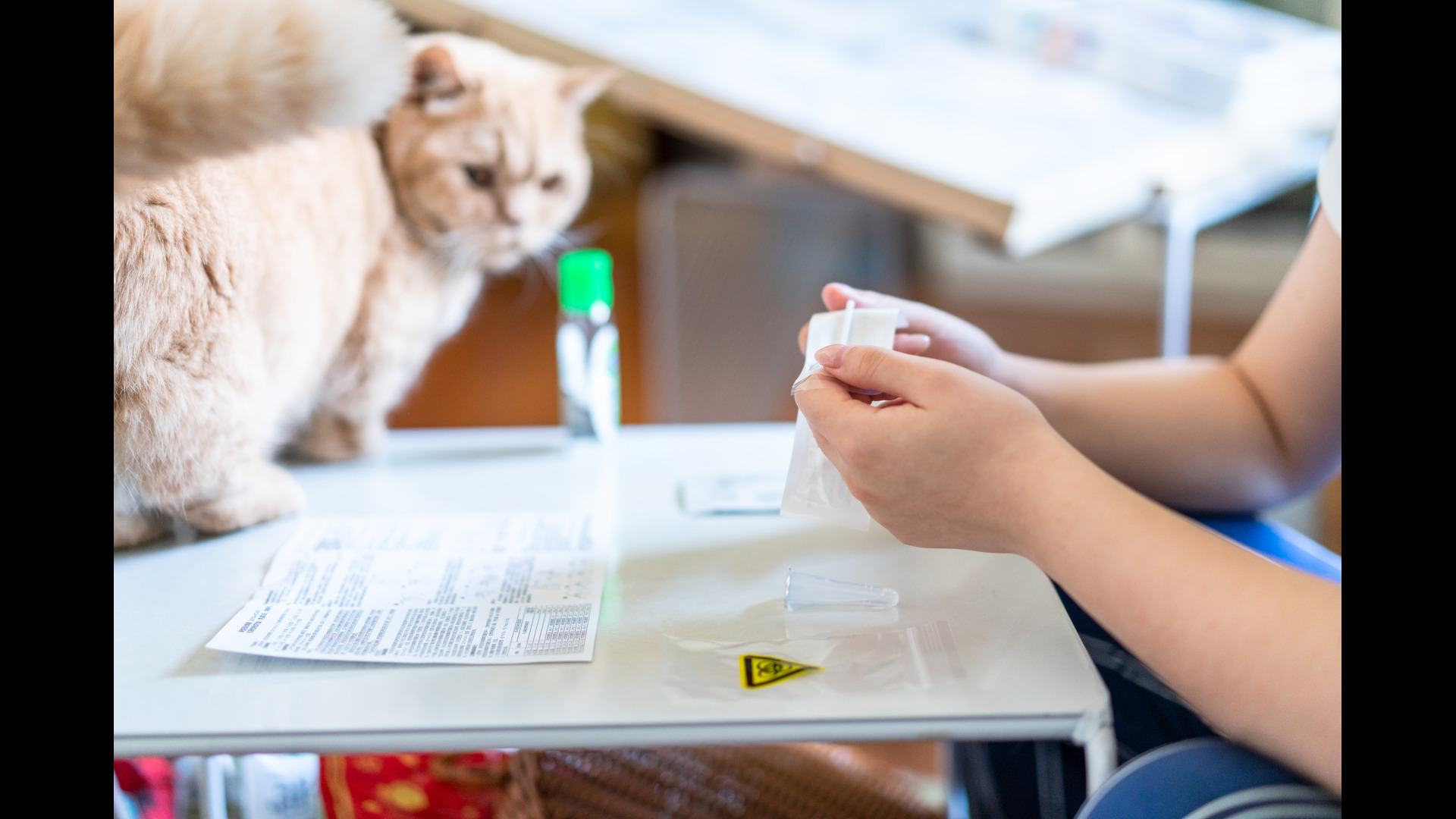
Feline leukemia virus is one of the most common infections in cats and kittens. Only some cats that are exposed to this virus will go on to develop an infection. Symptoms of feline leukemia virus can be decreased appetite, fever, or enlarged lymph nodes.
12. Pancreatitis

Pancreatitis in cats is when the pancreas overproduces digestive enzymes and they leak out into the body causing further inflammation in the surrounding areas. Symptoms of pancreatitis in cats are not always obvious but some things to look for are, lethargy or soreness near the stomach area as well as decreased appetite.
13. Chlamydia felis
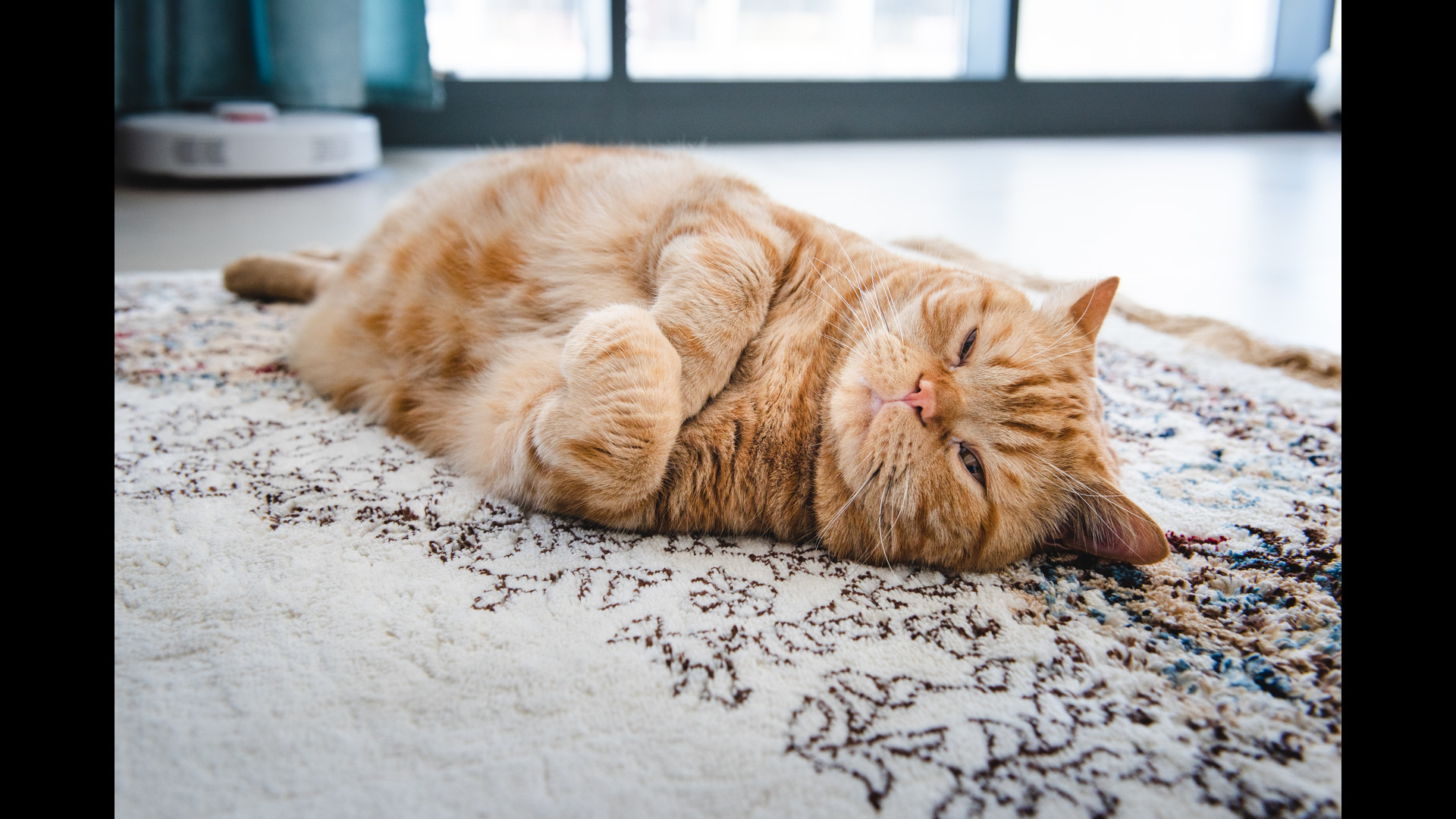
Chlamydia felis used to be known as chlamydophila, but is an infection in the eye. You may notice discharge in one or both eyes, red or swollen eyes, or your cat may keep their eyelid partly closed.
14. Constipation

You may notice that your cat has fewer stools than normal. This may not necessarily always be cause for concern but if you also notice that your cat is struggling to have a bowel movement, or having accidents around the house, then your cat may be constipated. There are several home remedies for cat constipation you can try to help your fur baby.
15. Feline hyperthyroidism

Most commonly diagnosed in older cats, feline hyperthyroidism is when the thyroid gland overproduces the thyroid hormone. Some symptoms can include weight loss with an increased appetite and drinking habits.
16. Feline immunodeficiency virus

This viral infection starts in the lymph nodes and spreads to the white blood cells. Symptoms of feline immunodeficiency virus can vary but general symptoms can be reduced appetite, fever, or enlarged lymph nodes.
17. Cat flu

You may have wondered to yourself "Why is my cat sneezing?" Cats just like humans can get the flu, and just like yourself symptoms can be sneezing, running noses, or fever.
18. Feline parvovirus

Feline parvovirus is a virus that can cause diarrhea, vomiting, or fever as this virus in particular affects the immune system, gut and sometimes can also affect the heart.
19. Gingivitis
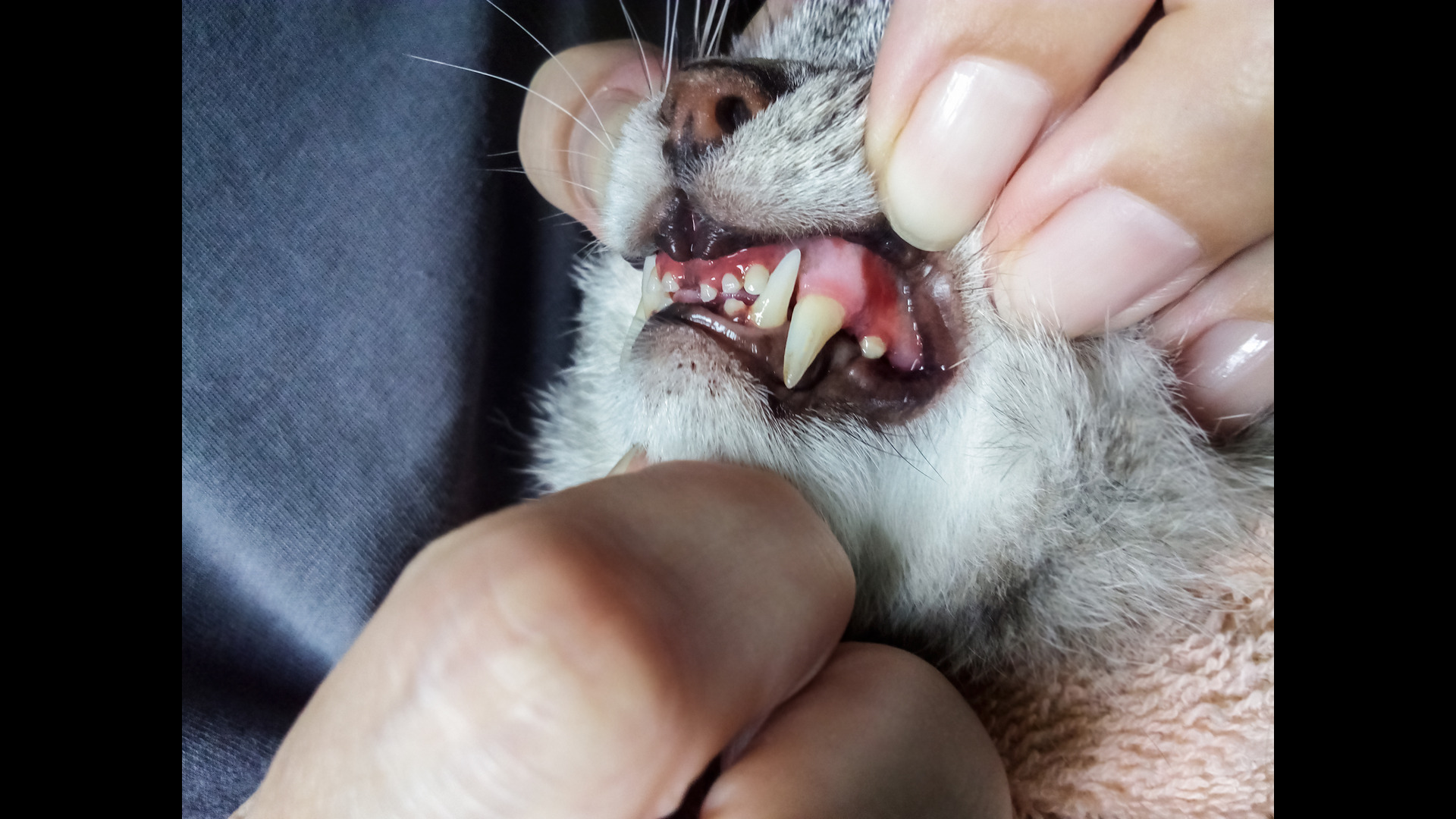
Gingivitis is when the gums are inflamed, leaving your feline with red and sore gums. In addition to swollen gums, your cat shows signs of pain and discomfort. You may also notice that your cat has foul-smelling breath.
20. Periodontitis

Another gum disease to look out for is periodontitis. This disease is more advanced than others and it typically seen in older cats. Periodontitis affects the gum and tissue around the tooth causing it to become loose. You may also notice inflamed gums with this disease.
21. Obesity
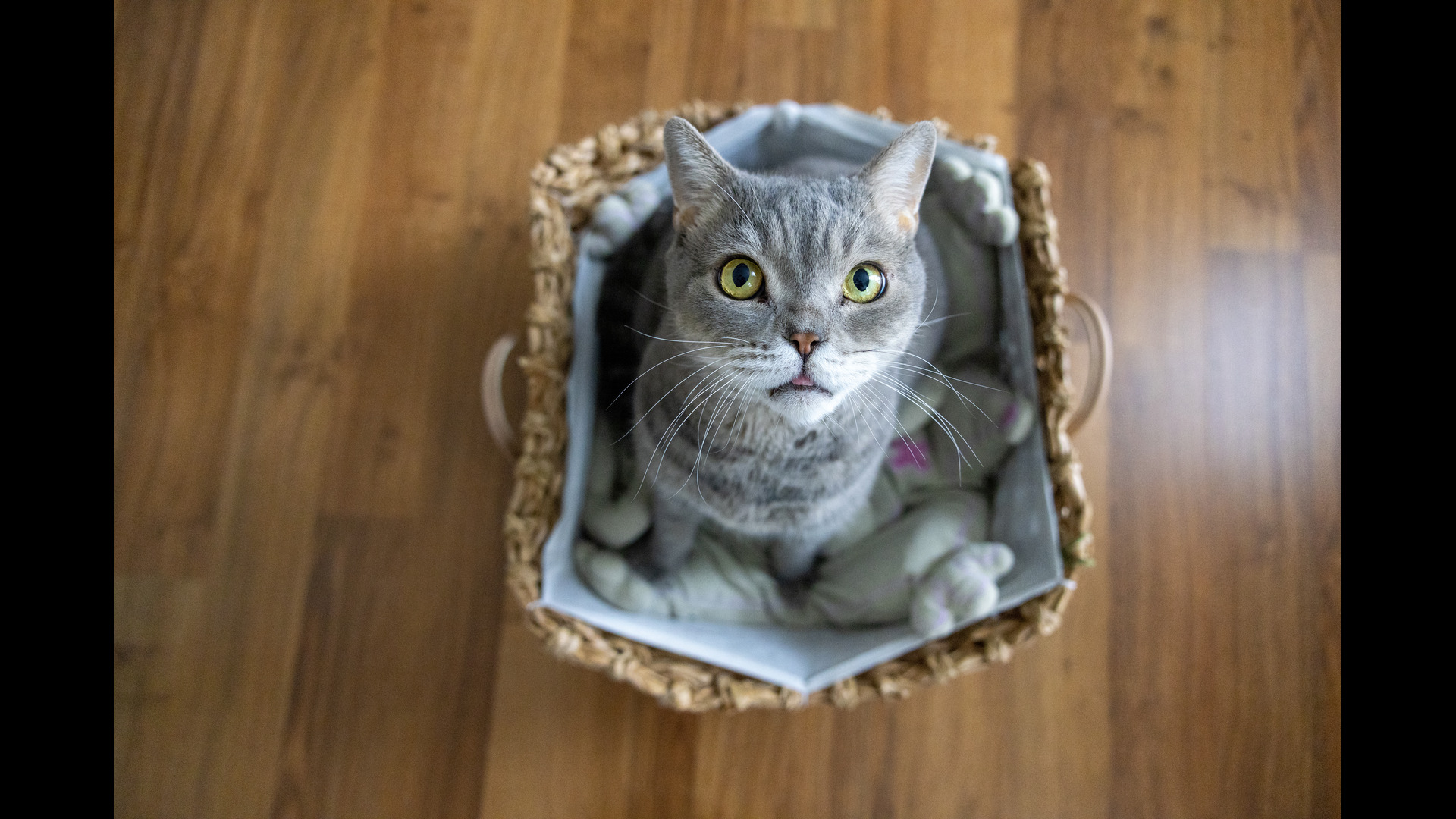
While everyone loves a chunky ball of fur, you want to be careful about letting your furry feline pack on too much weight. A cat that is overweight may have higher chances of developing other health conditions.
22. Diarrhea

A not-so-pleasant and sometimes messy problem that cat parents face is diarrhea. If you have ever wondered about diarrhea in cats, you can take comfort in the fact that it is very common. However, we recommend visiting your vet if it doesn't get better within a few days or is accompanied with other symptoms such as vomiting or fever.
23. Vomiting
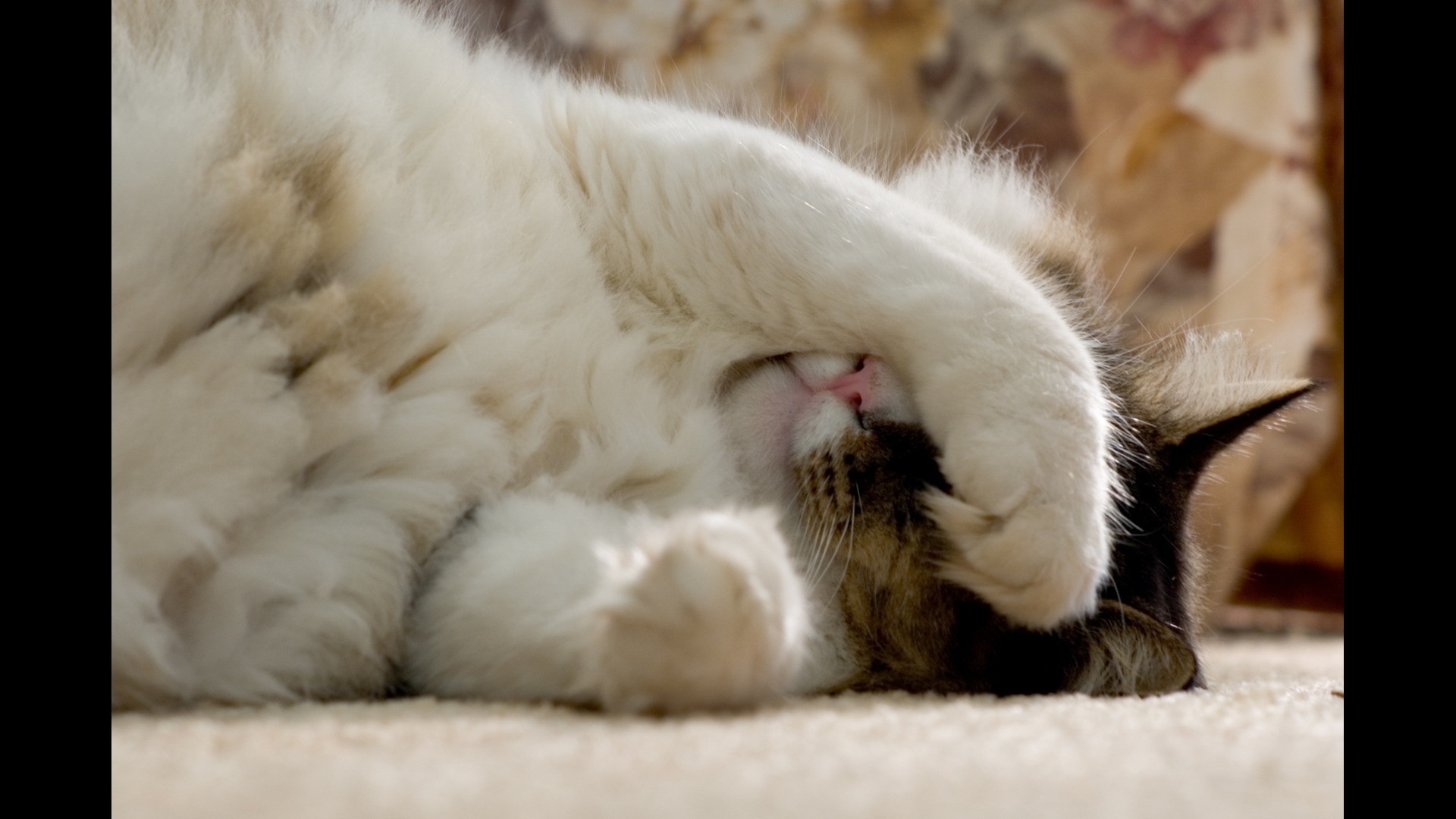
If you have a cat then you most certainly have come across a hairball or two that your cat has thrown up. Hairballs in cats are generally nothing to worry about. However, if you notice that your cat also have a fever, diarrhea, or doesn't seem quite like themselves it's best to make an appointment with your vet.
24. Ear mites

Ear mites are parasites that live in the cat's ear canal. Ear mites in cats is typically a very common condition and are treatable with topical medication. Symptoms you may notice are if your cat is shaking their hear a lot, scratching at their ears or you may see dark brown material in their canal.
25. Urinary tract infections

Urinary tract infections are no fun, especially for our cat friends. You may notice that they are urinating more frequently, straining to urinate, and may seem in pain while trying to use the bathroom. You'll want to be sure to see your vet right away, to find out how to treat urinary tract infections in your cat.
26. Retinal disease

If you suspect your cat is having trouble seeing, you may want to make an appointment with your vet, as early diagnosis can make a big difference for your cat. Things like cataracts or glaucoma can affect your cat's ability to see and if left untreated, can have negative impacts later on down the line.
27. Arthritis

Arthritis is very common in cats and can get progressively worse over time. A disease in the joints, arthritis in cats can be managed with the support of your vet although it is incurable. Symptoms to look out for loss of fur, limping, or swollen joints.
28. Conjunctivitis
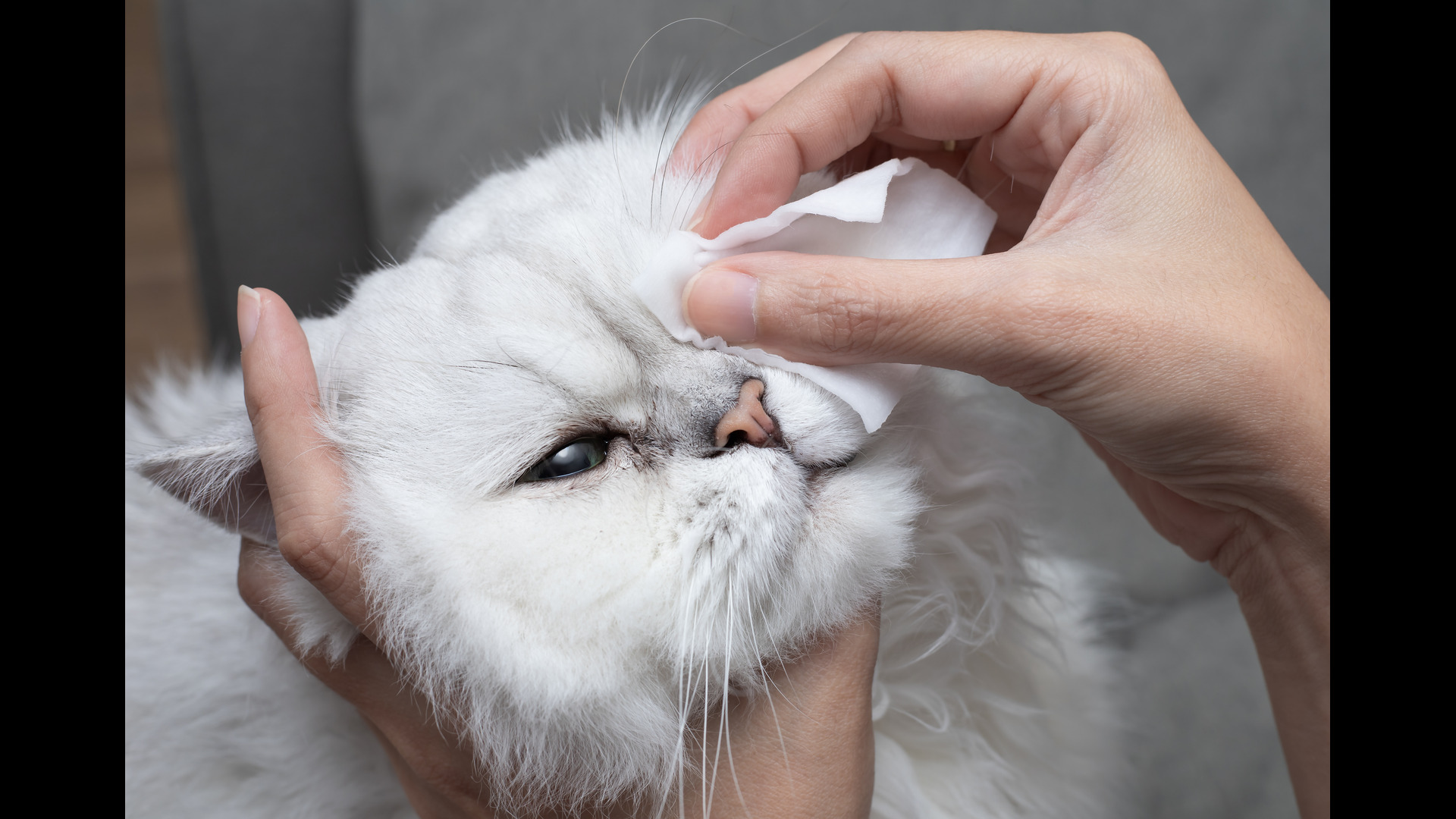
Conjunctivitis in cats is similar to when humans have it. You may notice red, swollen eyes with discharge. Your cat may rub or paw at the affected eye. While a red and irritated eye is not always an infection, it is best to check with your vet.
29. Allergies

Yes, cats can have allergies too. Things like fleas, food and house dust are among some of the most common allergies found in cats, according to the VCA Animal Hospital. Depending on the type of allergy will determine the type of treatment or diet that will be best for your cat.
30. Overgrown claws

If a cat's nail are left untrimmed, they can grow into the nailpad and result in an ingrown nail. This can be very painful for you feline friend, so be sure to invest in some of the best cat nail clippers you can find to keep their cute little paws safe.
31. Heart murmurs
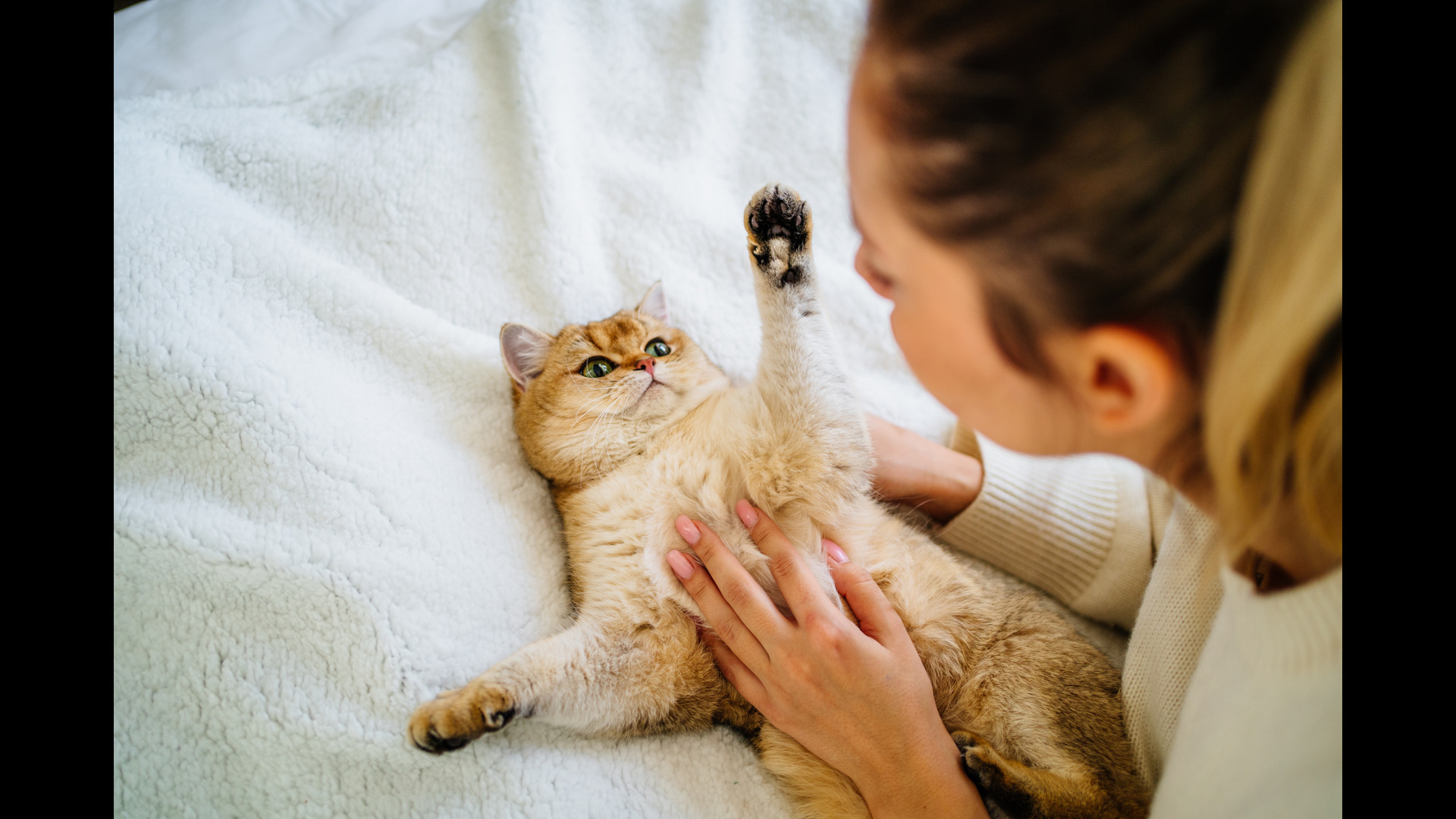
Heart murmurs are typically detected in young kittens and they are generally nothing to worry about, as cats usually grow out of them. In some cases, heart murmurs can be seen in older cats and these can be due to anemia, or other underlying conditions.
32. Ear infections
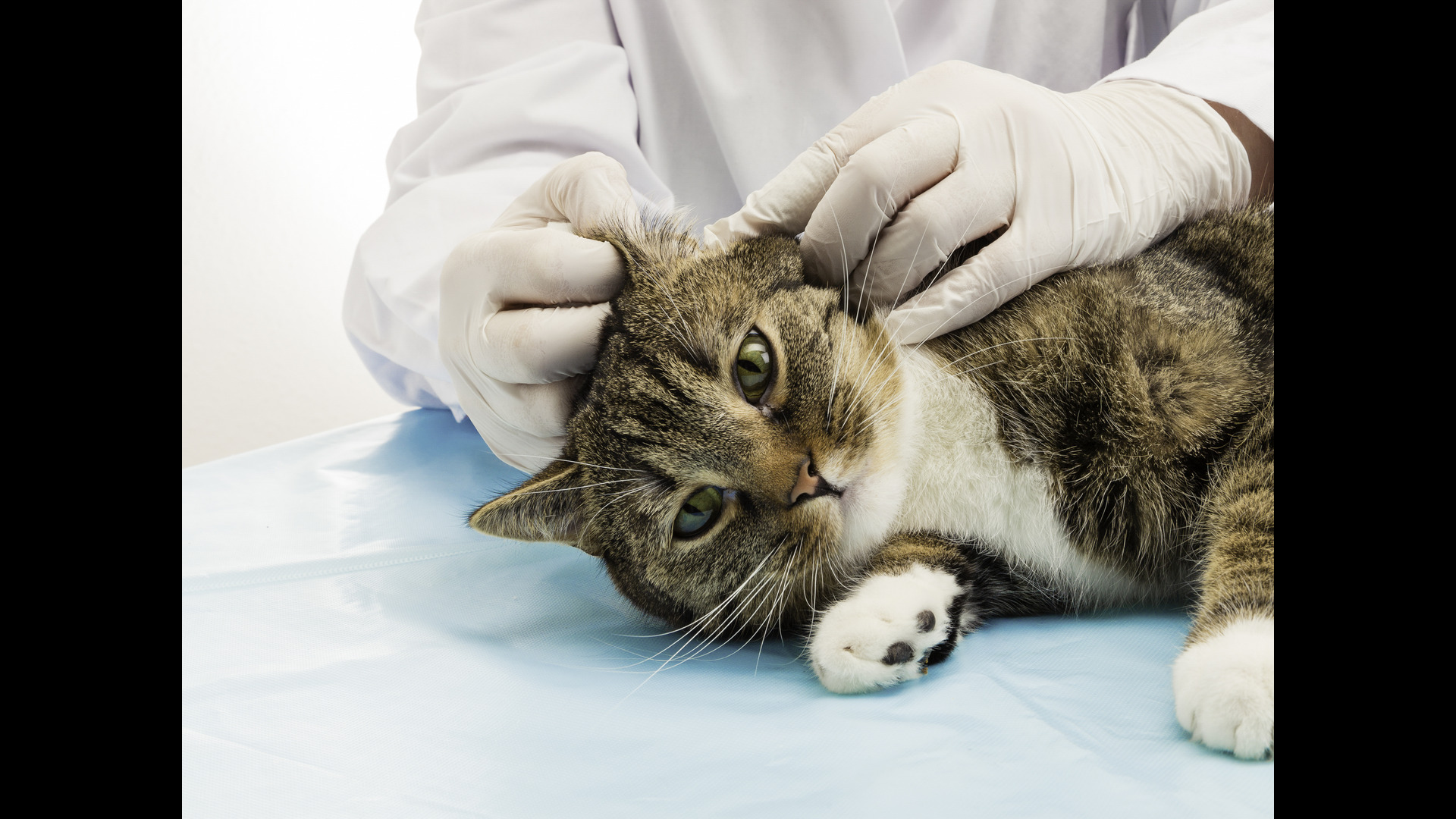
Ear infections in cats are generally not as common as in dogs. Some signs to look out for are cats scratching at their ears, their ears may be red and inflamed or you may notice a discharge coming from them.
Read next: 20 things every vet wished pet parents knew.

Our staff writer, Alexis, is a digital content specialist and passionate pet advocate with a background in lifestyle journalism. Raised in a lively home filled with cats, dogs, and fish, she channels her lifelong love for animals into creating helpful, research-driven content for pet parents.
She collaborates with veterinary professionals to ensure accuracy and is currently pursuing additional pet care certifications.
A graduate of Bowling Green State University, Alexis has contributed to major UK and US publications, including Daily Mail, Space.com, and Black Women Rising Magazine.
